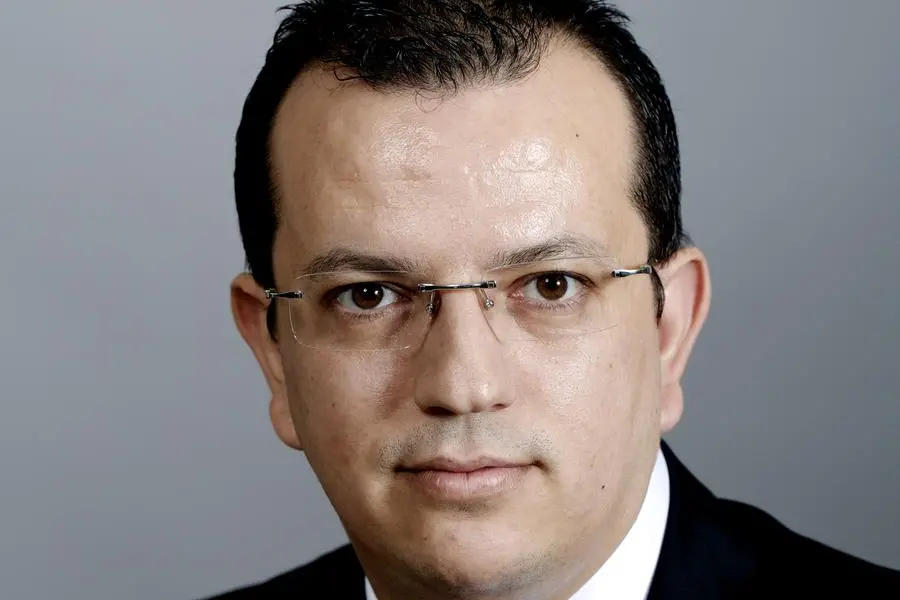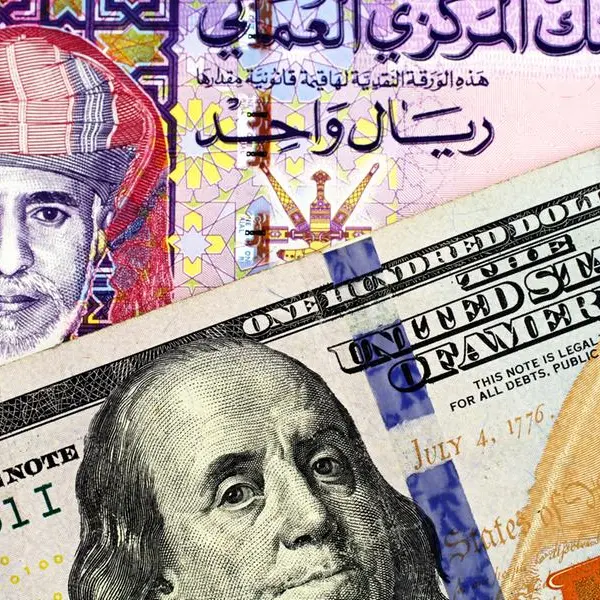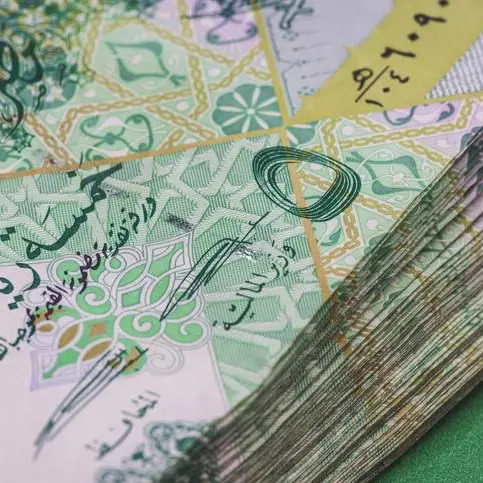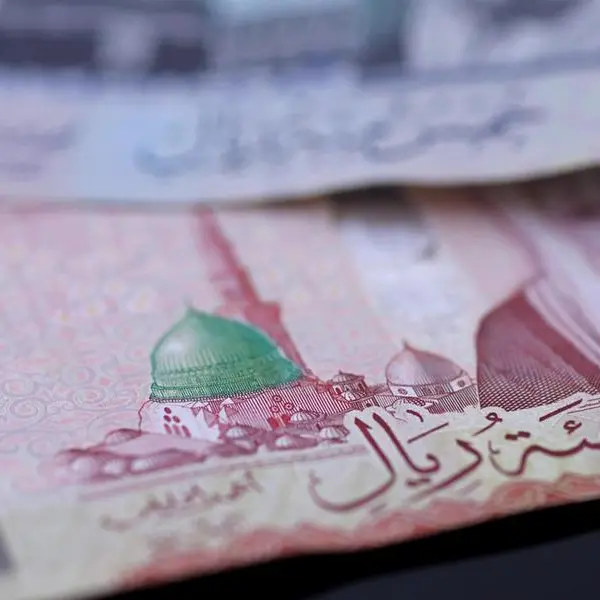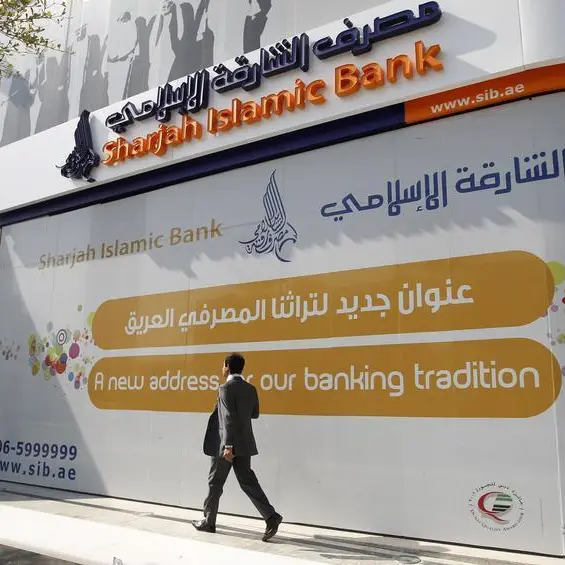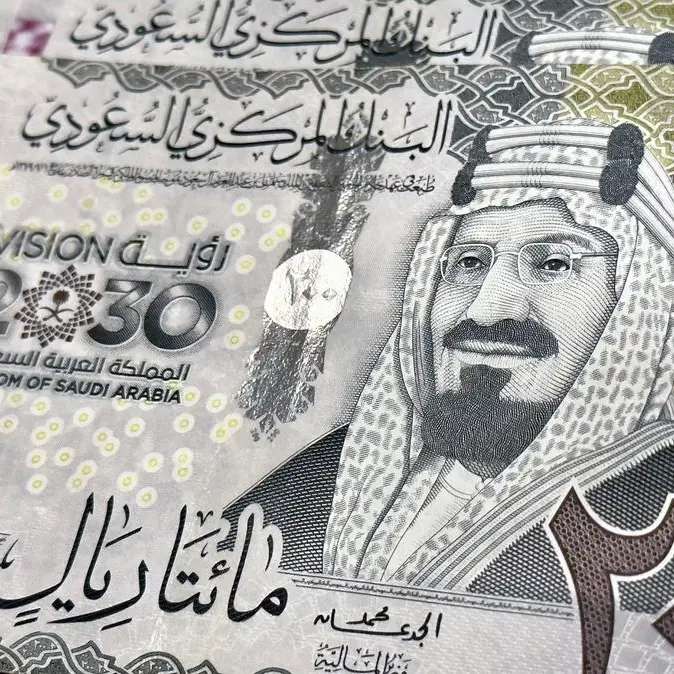PHOTO
In 2022, the sukuk issuance volume is expected to be flat at best, approximately between $145 billion-$150 billion, after it reached $147.4 billion in 2021.
For several core Islamic finance countries, seasonal patterns including lower and more expensive global and regional liquidity, higher complexity, and reduced financing needs, due to higher oil prices, are considered as factors which would impact the sukuk issuances.
However, energy transition in core Islamic finance countries, and increased environmental, social, and governance (ESG) awareness among regional issuers, along with improved automation through fintech solutions are expected to support the growth of the sukuk market.
In 2022, we believe that the following factors will result in stable issuance volumes:
Lower financing needs in some core Islamic Finance Countries
We anticipate higher oil prices in 2022 with Brent price averaging $85 per barrel, which, along with higher oil production and stricter spending controls, will result in reduced funding needs for some core Islamic finance countries. Nonetheless, we believe that the realization of economic transformation programs such as Saudi Vision 2030 may result in some opportunities for sukuk issuance.
Liquidity will be scarcer and more expensive
Amid a tight job market, accelerated inflation readings over the past few months, and increasingly hawkish forward guidance from the U.S. Federal Reserve, we now expect six rate hikes in 2022 and five in 2023-2024. To keep their currency pegs to the US dollar, GCC central banks are expected to follow suit. As a result, global and regional liquidity will become more costly.
Increasing complexity will deter issuer and investors appetites.
The implementation of Accounting and Auditing Organization for Islamic Financial Institutions Standard 59 (AAOIFI) Standard 59 will continue to have an impact on issuance volumes. Higher residual asset risks for investors and challenges related to the availability of unencumbered assets on the balance sheets of issuers will likely result in reduced appetite for the sukuk route. Standard 59 is applicable not only to issuers domiciled in jurisdictions that have adopted the AAOIFI standards but also to those targeting investors from these jurisdictions. In the United Arab Emirates, for example, sukuk issuance volume dropped 64% in 2021, in part because of the additional complexity introduced by this standard. Although legal solutions were implemented, the change has negatively affected sukuk issuance appetite from issuers and investors.
The AAOIFI Sharia requirements have been partially or fully adopted by 20 jurisdictions so far, plus the Islamic Development Bank, of which majority are key player in the Islamic finance industry. However, not having some large Islamic finance jurisdictions in the list could yet accentuate structural inequalities in core Islamic finance countries, undermining the larger goal of a more integrated Islamic finance industry.
Higher ESG Awareness Could Drive A Gradual Increase in Issuance Volumes
Over the past year, we have observed a few sustainability sukuk issuances. The Islamic Development Bank issued a $2.5 billion sukuk and disclosed that the proceeds will be used to finance green (10%) and social development projects (90%). Malaysia also issued a $1.3 billion sukuk, including an $800 million sustainability tranche, which was 6.4x oversubscribed. The proceeds will reportedly be used to finance social and green projects aligned to the U.N.'s Sustainable Development Goals. Furthermore, Indonesia issued a $750 million green tranche as part of its $3 billion issues in 2021, and in Jan. 2022, Saudi National Bank issued a $750 million sustainable sukuk.
Green sukuk is another area where opportunities are reportedly high, given the energy transition in many core Islamic finance countries and the ambitions of some in the electric vehicle space. These types of instruments may appeal to investors, given the increasing ESG awareness in the region. However, we think that green sukuk will only gradually contribute to market growth since it remains more complex and time-consuming than conventional instruments.
Digital Sukuk Could Lead To A Smoother Issuance Process
Digital sukuk could provide a quicker and cheaper way to tap Islamic finance markets due to the limited number of intermediaries involved. The benefits may also include enhanced security, traceability, and integrity of the transaction, which could further strengthen compliance with Sharia. However, this assumes the availability of reliable technology and the readiness of legal frameworks to accommodate these instruments. It also assumes the presence of standard legal documents that can be used as a template for sukuk issuance.
We note that the International Islamic Financial Market has already published standard legal documents for ijara and mudaraba Tier 1 sukuk. Reducing the time, cost, and minimum issuance volume requirement could open the sukuk market to a broader range of issuers. Investors in digital sukuk will continue to bear the traditional risks (including credit market and liquidity risk). They will also be exposed to higher operational risks stemming from technology stability and cyber risks.
